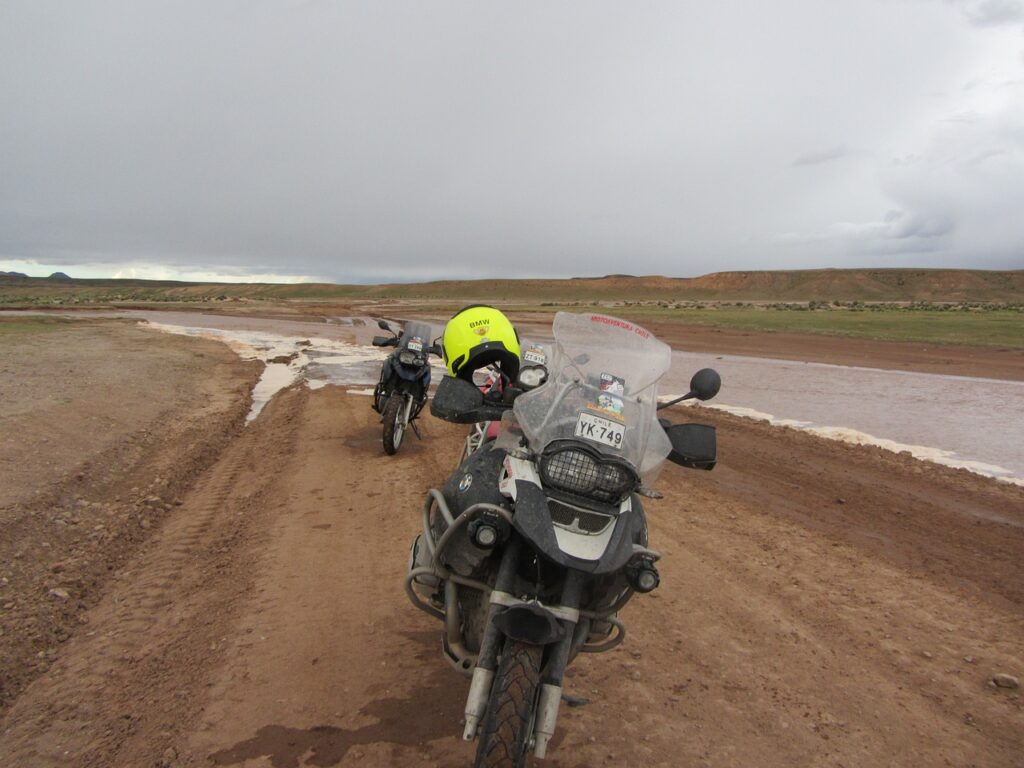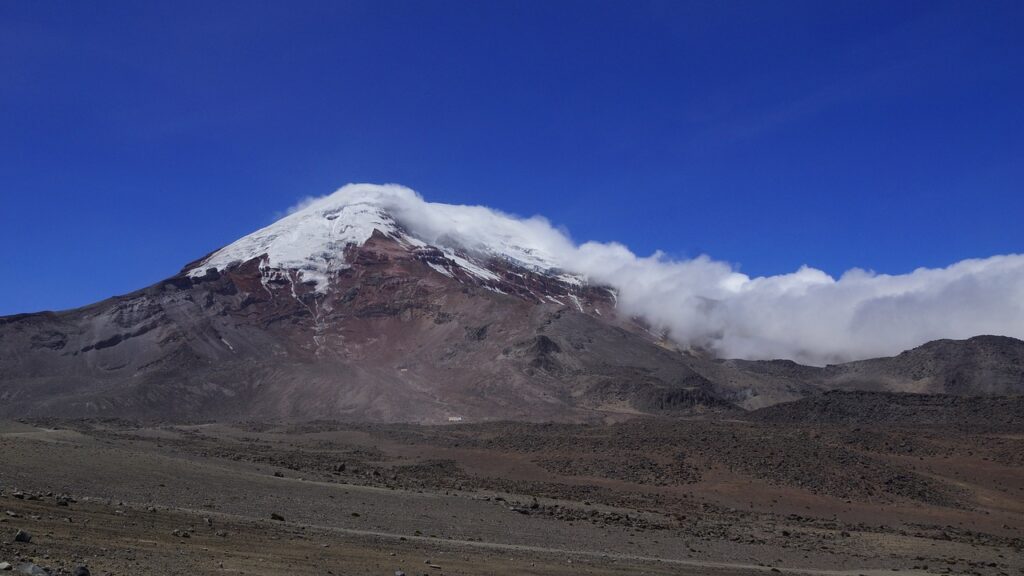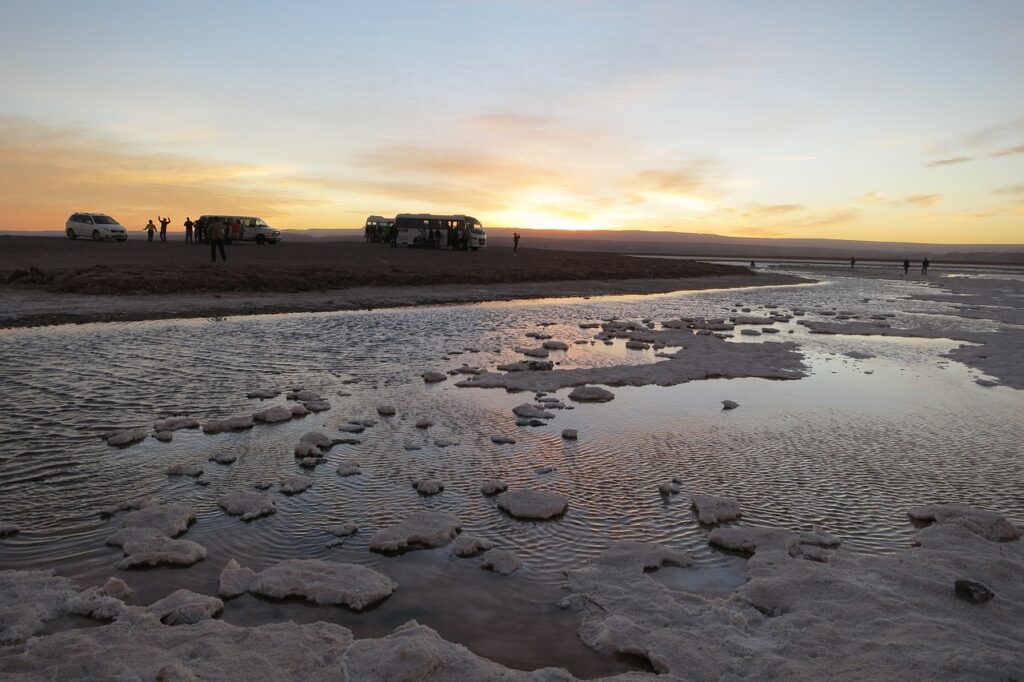Suriname is a country that many people have never heard of, especially here in the United States. However, it has actually played a small role in US history. This video by Geography Geek aims to shed light on Suriname’s fascinating history and put it on the map. Covered in rainforests, Suriname is the most forested country in the world. Border disputes with its neighbors, such as French Guiana and Guyana, add to its intriguing story. Additionally, Suriname’s demographics, with a significant population immigrating to the Netherlands, offer a unique perspective. History buffs and geography enthusiasts will surely find Suriname’s untold stories captivating.

Best Deals to Surinam by BOOKING.COM
Suriname’s Indigenous History
Suriname, a country located on the northeastern coast of South America, has a rich indigenous history. The name “Suriname” is thought to be a combination of “suriname,” the name of an indigenous group that inhabited the area at the time of European contact, and “ema” or “ema,” which means river or creek mouth in the Lacono language.
The Suriname River, after which the country is named, holds significant importance in the region. Flowing right through the heart of Suriname, the Suriname River played a vital role in the establishment of the colony and later the country itself. It not only served as a crucial transportation route, but also provided resources and sustenance for the indigenous communities and later for the settlers.
Border Disputes
Suriname has encountered border disputes with two neighboring countries. On the eastern side, there is a disagreement with French Guiana, an overseas department of France. The origins of this dispute go back to 1860 when the French and the Dutch were attempting to draw the official border. At that time, Suriname was a Dutch colony, and the border was supposed to be drawn by the Maroni River. However, the French and Dutch disagreed on the source of the river, leading to a dispute.
A joint French-Dutch commission was appointed in 1861 to review the issue, and it was decided that the Lawa River was the headwater. This decision created another issue as the Netherlands considered the Marawini to be the source of the Lawa River, while the French considered the Latini to be the source. This issue remains unresolved.
To the west, Suriname has a dispute called the New River Triangle, which is centered around determining the source of the river designated as the border by former colonial powers, the British and the Dutch. The dispute almost reached a resolution in the 1930s when a joint British-Dutch commission agreed to award the region to Guyana. However, the treaty putting this agreement into law was never ratified due to the outbreak of World War II.
FIND YOUR BEST HOTEL IN SURINAM WITH BOOKING.COM
Suriname’s Colonial History
Suriname has a significant colonial history, with colonization by both the Dutch and the British. The country was originally a British colony until February 26, 1667, when it was taken by the Dutch as part of the second Anglo-Dutch War. A few years earlier, in 1664, the British had taken New Netherland, which eventually became New York State and New York City.
The Treaty of Breda ended the conflict, with Suriname being officially made a Dutch colony and New York becoming a British colony. The Dutch presence in Suriname lasted for centuries until the country gained independence in 1975.
Suriname’s Contribution in World War II
During World War II, Suriname played a vital role in supplying aluminum to the United States. As Suriname was still a part of the Netherlands at that time, it was a member of the Allies and contributed to the war effort. Suriname supplied bauxite, a key ingredient for aluminum production, between 1940 and 1943.
Approximately 65 percent of American imports of bauxite, with about 90 percent being used to produce aluminum for military purposes, came from Suriname during that period. To protect the bauxite mines and the border with French Guiana, which had become part of the German puppet state Vichy France, the United States sent two thousand soldiers to Suriname.
Suriname also has an interesting World War II story regarding a German cargo ship. On August 24, 1939, a German cargo ship left Galveston in the United States. When Great Britain declared war on Nazi Germany on September 3, the ship’s captain decided not to continue his journey to Europe and instead sought asylum.
The ship entered the Suriname River under the American flag, and the captain and crew asked for asylum. Most of the crew, who were Chinese citizens, were returned to their home country, leaving only the German crew of 15 people. When Germany invaded the Netherlands in 1940, the Dutch ordered the Germans to be arrested.
To prevent the confiscation of their ship, the crew blew a hole in its side, sinking it. The crew spent the rest of the war in prison, and the ship can still be seen in the river today.

Suriname’s Unique Demographics
Suriname has some of the most interesting demographics in the world due to its history of colonization. One unique aspect is the large population immigration to the Netherlands. Between 1970, when Suriname’s independence was on the horizon, and 1980, nearly one-third of Suriname’s population immigrated to the Netherlands due to the chaos and uncertainty surrounding independence.
Today, around 350,000 people of Surinamese descent live in the Netherlands, which is quite significant considering Suriname’s population of approximately 600,000. This immigration has had a profound impact on both the Surinamese diaspora in the Netherlands and the demographic makeup of Suriname itself.
Suriname’s Rich Biodiversity
Suriname is known for its incredibly rich biodiversity, particularly in terms of its rainforests. Covering approximately 93 to 98 percent of the country, Suriname is considered the most forested country in the world. The vast rainforests are teeming with a wide range of plant and animal species, many of which are unique to the region.
These rainforests play a crucial role in maintaining the country’s ecosystem and provide habitat for countless species. Suriname has made efforts to preserve its natural heritage, with protected areas such as the Central Suriname Nature Reserve and the Brownsberg Nature Park.

Cultural Diversity in Suriname
Suriname boasts a vibrant and diverse cultural landscape, shaped by its history of colonization and immigration. The country is home to various ethnic groups and languages. The major ethnic groups include the Hindustani, Creole, Javanese, Maroon, and Chinese populations, among others.
Each of these groups has its own languages, traditions, and customs, contributing to the cultural tapestry of Suriname. Furthermore, Suriname is known for its religious diversity, with Islam, Hinduism, Christianity, and indigenous religions being practiced by different communities.
This cultural diversity is celebrated and appreciated, with various festivals and events showcasing the traditions and heritage of different groups. It creates a melting pot of cultures, making Suriname a fascinating and culturally rich country.
Exploring Suriname’s Capital City
Paramaribo, the capital city of Suriname, offers a blend of historical charm and cultural highlights. The city’s historic center, designated a UNESCO World Heritage Site, is a must-visit for history enthusiasts. The architecture reflects the city’s colonial past, with beautiful wooden Dutch and British colonial-era buildings.
Wandering through the streets of Paramaribo’s historic city center, visitors can explore iconic landmarks such as the Presidential Palace, the Fort Zeelandia Museum, and the captivating Saint Peter and Paul Cathedral. The city is also home to various markets, art galleries, and museums that offer insights into Suriname’s history, art, and culture.

Hidden Gems: Natural Attractions
Suriname is filled with hidden gems in the form of natural attractions. Brownsberg Nature Park, located in central Suriname, is a stunning destination for nature lovers. The park offers breathtaking views of the rainforest, waterfalls, and wildlife. Visitors can hike through the lush trails, spot exotic birds and monkeys, and swim in refreshing natural pools.
Blanche Marie Falls is another natural wonder that showcases Suriname’s beauty. Located in the western part of the country, the falls cascade majestically against a backdrop of dense forests. The picturesque setting and the sound of rushing water create a serene and captivating atmosphere.
Exploring these hidden gems allows visitors to connect with Suriname’s natural beauty and appreciate the diverse landscapes the country has to offer.
Conclusion
Suriname is a country with a fascinating history, rich biodiversity, and cultural diversity. From its indigenous roots to its colonial past, Suriname’s history has shaped its present-day identity. The country’s border disputes, contributions in World War II, unique demographics, and captivating natural attractions all contribute to its allure.
Suriname’s cultural diversity, as showcased in its capital city of Paramaribo, adds vibrancy to the country. Exploring the hidden gems of Suriname’s natural attractions allows visitors to connect with the stunning landscapes and appreciate the wonders of this lesser-known destination.
So, next time you’re planning a trip or discussing world history, remember Suriname and all the intriguing aspects that make it more interesting than you may have initially thought.
